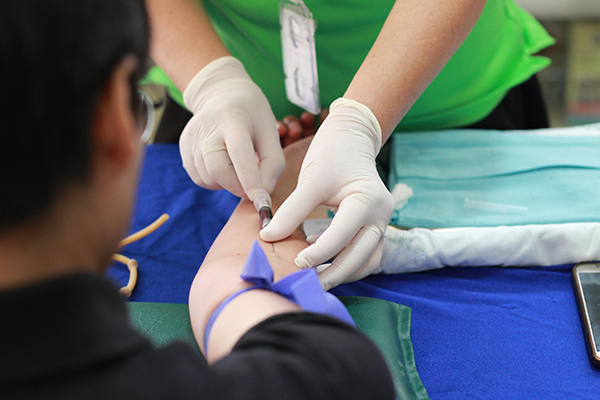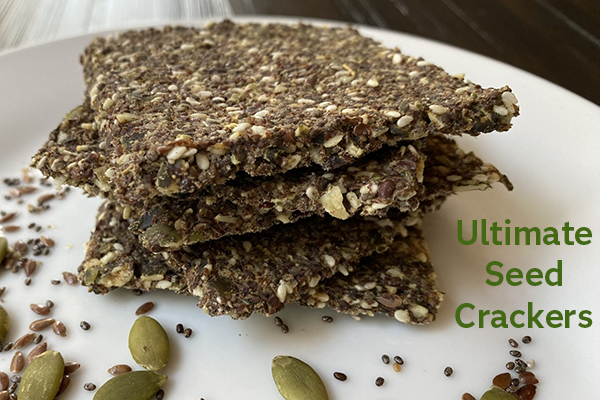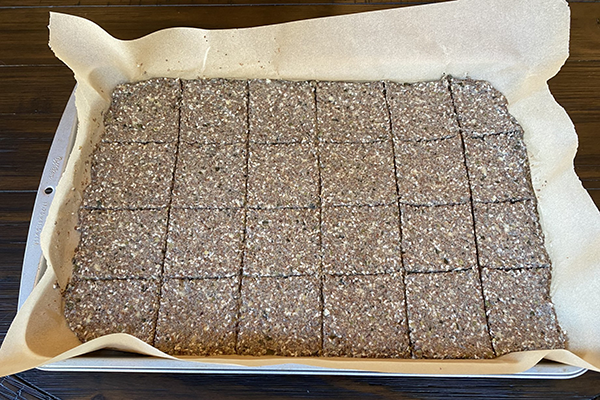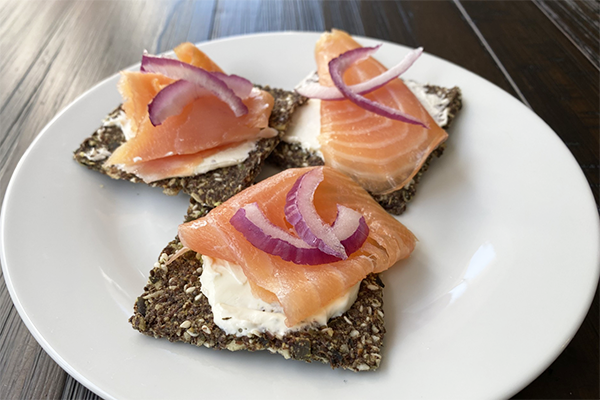Circadian rhythms are natural internal biological processes that regulate the sleep-wake cycle and repeat roughly every 24 hours. These rhythms are influenced throughout the day by external cues like light and environmental temperature. Syncing our biological functions with the diurnal, day-to-night, fluctuations of the natural world around us plays a crucial role to our health that extends far beyond energy levels.
Beyond sleep-wake cycles — our internal clocks influence hormone release, metabolic health and more. #saslife #circadianrhythms Click To TweetHow Do Circadian Rhythms Work?
Circadian rhythms are controlled by a biological clock located in the suprachiasmatic nucleus (SCN) in the brain. This clock responds to light signals received through the eyes which help regulate the production of melatonin, a hormone that promotes sleep. Exposure to natural light early in the day and lack of bright light after sunset helps our melatonin levels decrease in the morning and increase in the evening for restful sleep. This is the foundation to our sleep-wake cycles.
This SCN master clock also synchronizes other peripheral clocks found throughout the rest of the body, such as those in the digestive tract, skin, liver and other organs, through gene activation and hormonal communications. This helps rev up and slow down different functions throughout the body (e.g., blood pressure, body temperature, cell repair, brain wave frequencies) during predictable periods of rest vs. activity.
The peripheral clocks also talk back to (and can start to override) the master clock based on information they receive from their own micro-environments (food in the digestive tract, warm sunlight/heat on the skin, detoxification needs, etc.). It’s quite the network of information exchange!
Some ways circadian rhythms impact our bodies include:
- Hormone release: Cortisol, which helps regulate metabolism and the stress response, should naturally rise in the morning to energize you for the day, and dip at night when it’s time for sleep, following roughly the opposite pattern of melatonin. Growth hormone and sex hormone levels also vary from day to night.
- Digestion and appetite: Eating patterns and digestive processes are synchronized with the body's internal clock. Hormones leptin, ghrelin and glucagon-like peptide-1 (GLP-1) contribute to our hunger and satiety levels based on habitual eating patterns as well as sleep quality. In general, our digestive secretions and movement of food through the upper GI tract slow down at night.
- Metabolism: Glucose, lipid and energy metabolism efficiency is affected by circadian rhythms as is core body temperature, another indicator of metabolism.
Health Implications of Disrupted Circadian Rhythms
Beyond the obvious connection to sleep disruptions, interference with natural circadian rhythms may lead to a variety of health issues including (but not limited to):
- Mood disorders, such as depression and anxiety
- Decrease in cognitive function, including memory loss
- Dysregulated gut motility
- Metabolic dysfunction
- Cardiovascular disease
- Cancer risk
- Decreased immune function and slower wound healing
Modern living often ignores and overrides the predictable daily oscillations of our natural world. Shift work, work hours that do not coincide with local time zones, jet lag, lack of exposure to natural light during the day, exposure to artificial light at night, eating at odd hours, and increased stress all have the potential to disrupt our natural circadian rhythms.
Check out these tips to tackle a disrupted circadian rhythm to improve your health and well-being.
The Future of Circadian Rhythm Medicine
Recent scientific discoveries have opened up future possibilities timing medical assessments and treatments based on circadian rhythms.
- Lab Testing: Lab results vary significantly during different times of day, and those diurnal rhythms extend beyond hormonal and metabolic biomarker (e.g., cortisol, blood glucose, triglycerides) fluctuations. Newer research suggests cancer markers such as circulating tumor cells in the blood fluctuate significantly from day to night. Advances in take-home test kits that can be used at different times of the day have started to take some of these factors into account.
- Medical Treatments: The field of chronotherapy capitalizes on timing medications and medical interventions with circadian rhythms to maximize effectiveness and minimize side effects. For example, health care providers often prescribe certain hypertension medications to be taken in the morning to address the rise in blood pressure during daily activities and natural decline during sleep. We can anticipate more advanced utilization of chronotherapy moving forward as researchers explore applications such as maximizing effectiveness of cancer treatment based on time of the day.
Ultimate Seed Crackers
Makes 8 servings
Recipe adapted from: Downshiftology
PRINT RECIPE
These are delicious topped with a smear of cream cheese, smoked salmon and red onion for an easy, balanced breakfast. They also work great as a snack, with soup, or broken up for crunch in a salad.
Ingredients
- ½ cup pumpkin seeds (pepitas)
- 1 cup ground flax seeds
- ⅓ cup sesame seeds
- ¼ cup chia seeds
- 1 tsp salt
- 1 ¼ cups water
- up to 2 Tbsp of your favorite herbs and spices (e.g., ½ tsp garlic powder, ½ tsp onion powder, 1 tsp dried thyme + 1 tsp dried basil)
Instructions
1. Blend the pumpkin seeds. Preheat your oven to 200°F (100°C). Add the pumpkin seeds to a food processor and pulse several times, until it resembles coarse sand.
2. Mix everything. In a large mixing bowl, add the pumpkin seeds and all remaining ingredients. Stir together for a minute or two, until the seeds start to gel together.
3. Roll it out. Line an 11x17 baking sheet with parchment paper. Spread the mixture on the parchment paper. Place another piece of parchment paper on top and roll/press to your desired thickness. If you’d like to make the crackers thinner, divide the mixture into halves and use 2 lined baking sheets to roll the mixture out on.
4. Score. Use a knife to score the mixture into desired-sized pieces.
5. Bake. Cook for 2½ to 3 hours or until fully dehydrated, rotating the pan halfway through. Allow crackers to cool completely, then break apart.
6. Store the crackers for up to two weeks in a sealed container.








